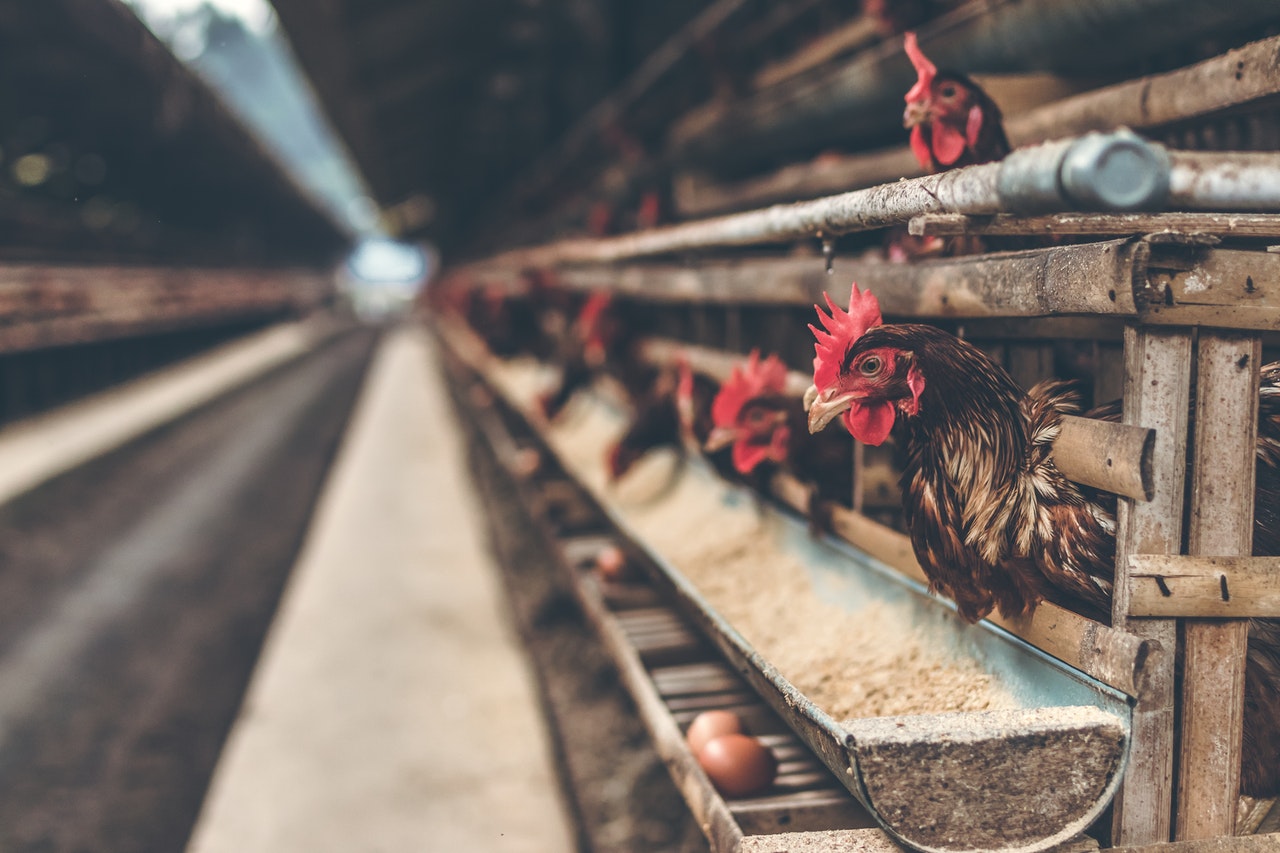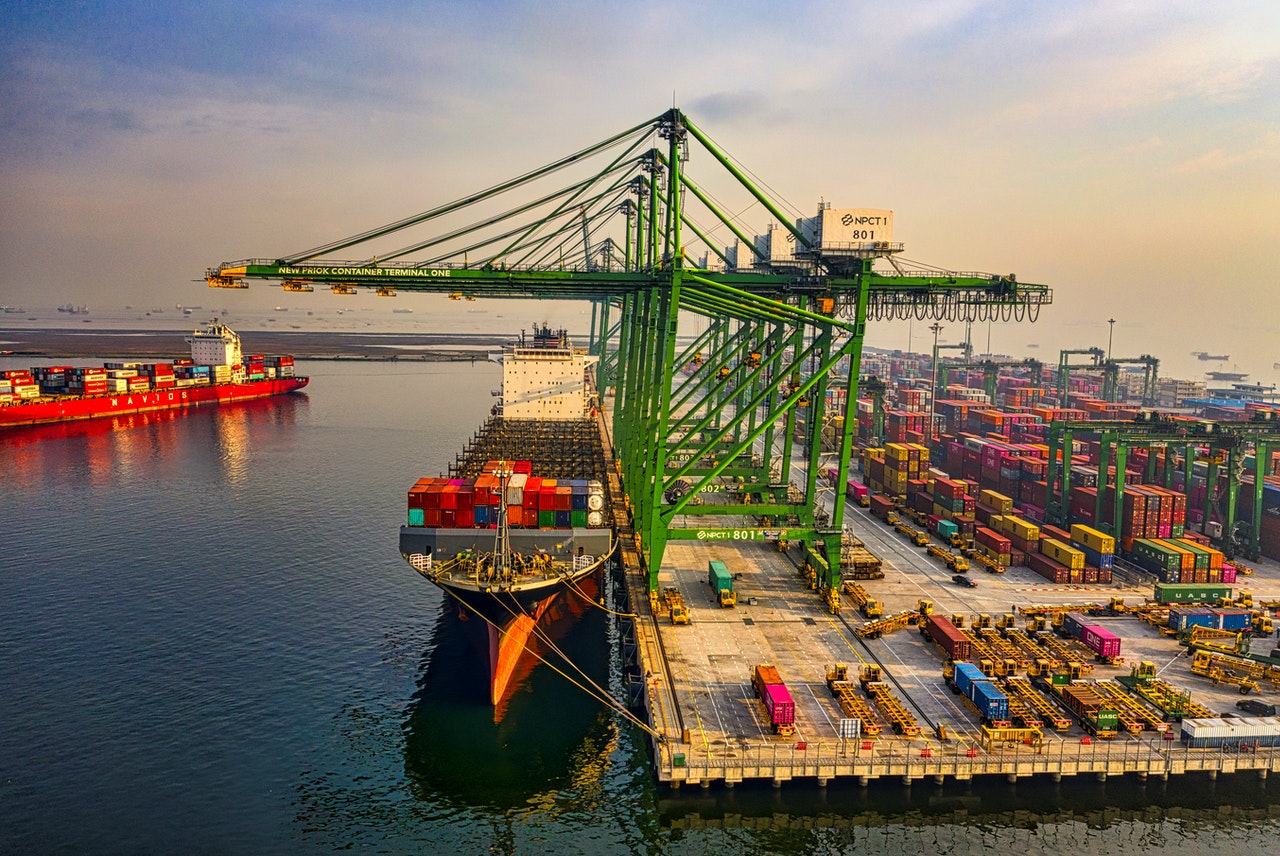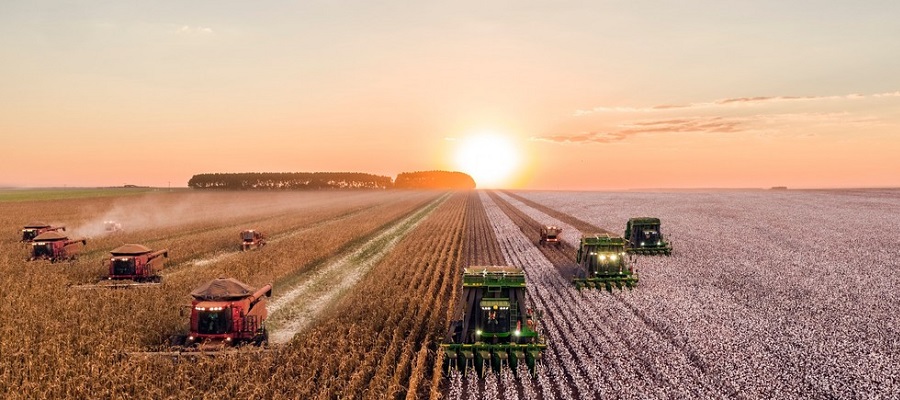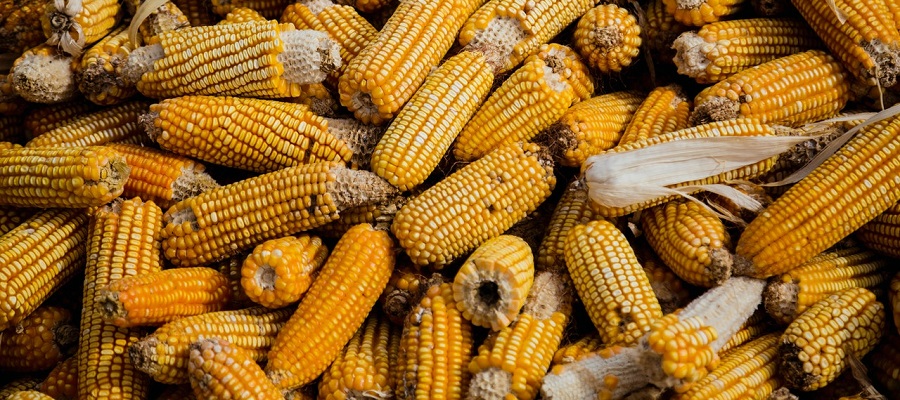The difficulties of agricultural exporters are greater than you can imagine. It is important to explore these issues on the basis of specialty crops. The severity of this issue is evident in the United States, which has shifted from being a net exporter of fresh and processed fruits and vegetables in the 1970s to becoming a net importer of fruits and vegetables in the contemporary setting (Every CRS Report, 2020). The cause for this issue is directly viewed as a major concern for agricultural exporters.
Difficulties of Agricultural Exporters - Trade Imbalances

A major concern that agricultural exporters face in the United States is the trade imbalance, which is linked to a relatively open import regime and also low levels of tariffs in the country. This has meant that there is an increased and stiff competition from low-cost as well as government-subsidized producing countries, which makes it hard for the United States’ agricultural reporters to operate in a positive way that should generate outstanding impacts. The lack of non-tariff trade barriers to US exports in various countries is another major concerns that makes it hard for agricultural exporters (Every CRS Report, 2020).
Difficulties of Agricultural Exporters - Poultry

Export bans on some of the United States meat and poultry is also a major concern for agricultural exporters. The rationale for this is that periodically, there are foreign countries that impose export bans on United States meat products in line with reported outbreaks of certain animal diseases. The implication is that the agricultural exporters find it hard to operate amid the export bans. The bans end up disrupting the livestock producers and meat exporters. They are viewed as inconsistent with internationally acknowledge protocols. For instance, bans were imposed on the United States beef exports as a result of discovering bovine spongiform encephalopathy (BSE) back in 2003. Additionally, an outbreak of highly pathogenic avian influenza (HPAI) towards the end of 2014 and the start of 2015 in US egg-laying flocks caused export bans on the egg products in over 30 nations (Lee et al., 2018). It is important to acknowledge that this form of ban can be viewed in terms of frustration because the HPAI outbreaks were not in areas that were close to commercial production of broiler (Every CRS Report, 2020). This shows how export bans continue to adversely affect the operations for agricultural exporters.
Difficulties of Agricultural Exporters - Supply Chain
Port full of containers - Source: pexels.com
The other concern for agricultural exporters can be viewed in terms of the foreign challenges to the United States farm support. The rationale for this is based on the understand that the United States shifted towards greater application of domestic trade laws and relied less on the World Trade Organization (WTO) intervention to deal with concerns about other nations’ trade policies. The concerns of agricultural exporters result in disruptions in the overall supply chain. Issues that occur in the supply chain have adverse impacts in the overall availability of agricultural products in the market. However, this move may result in unintended and adverse outcomes. The reason is that the trading partners may pay attention to responding to a series of increasing US farm support outlays. For instance, in line with the WTO’s dispute settlement considerations to engage an independent panel to resolve disputes, countries may decide to apply trade remedy investigations carried out by the national authorities to impose anti-dumping (AD) duties on products that are found to be sold below. This can make it hard for the agricultural exporters to efficiently engage in different operations (Every CRS Report, 2020).
Other concerns that may continue to adversely affect agricultural exporters are viewed through Sanitary and Phytosanitary (SPS) as well as other non-tariff barriers. As illustrated by Shang and Tonsor (2019), the SPS approaches are guidelines and protocols that governments utilize as appropriate for protecting human, plant, and animal life from the risks related to the spread of various diseases, pests, or other toxins.

Port - Source: pexels.com
Examples of SPS are product guidelines that olds that products ought to be produced in certain areas that are free from diseases (Kang & Ramizo, 2017). This has triggered the formulation of multiple inspection processes, sampling approaches, and testing requirements. The quality of agricultural products is also tied to the use of biotechnology in production. There are huge concerns that are viewed as setbacks for the agricultural exporters. There are major US trade concerns connected with SPS, among them restrictions in certain global markets. One major concern is the use of agricultural biotechnology to help in the production of certain agricultural products (Every CRS Report, 2020). For this reason, the EU bans the use of hormones to produce meat. This is a major trading setback for agricultural exporters that use of biotechnology in most of their operations.
References
- Every CRS Report. (2020). Major Agricultural Trade Issues in 2020.
- Kang, J. W., & Ramizo, D. M. (2017). Impact of sanitary and phytosanitary measures and technical barriers on international trade. Journal of World Trade, 51(4).
- Shang, X., & Tonsor, G. T. (2019). Sanitary and phytosanitary regulations and international red meat trade. British Food Journal, 2309-2321.
- Barriers to Agricultural Exports from Developing Countries: The Role of Sanitary and Phytosanitary Requirements
- State and problems of exporting the products of the agroindustrial complex in the Altai region



